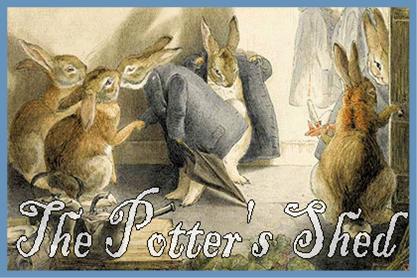 |
| St Martin and the Beggar - El Greco |
Who was Martin of Tours?
From the Encyclopedia Britannica:
"St. Martin of Tours was born in 316, in what is now Hungary and died November 8, 397, in Candes, Gaul (France). He is know for being the father of monasticism in Gaul, and the first great leader of Western monasticism.
Of pagan parentage, Martin chose Christianity at age 10. As a youth, he was forced into the Roman army, but later he petitioned the Roman emperor Julian the Apostate to be released from the army because “I am Christ’s soldier: I am not allowed to fight.” When charged with cowardice, he is said to have offered to stand in front of the battle line armed only with the sign of the cross. He was imprisoned but was soon discharged.
Legend holds that while he was still in the military and a catechumen of the faith, Martin cut his cloak in half to share it with a beggar. That night, he dreamed that Jesus himself was clothed with the torn cloak. When he awoke, the garment was restored. Moved by this vision and apparent miracle, Martin immediately finished his religious instruction and was baptized at age 18.
On leaving the Roman army, Martin settled at Poitiers, under the guidance of Bishop Hilary. He became a missionary in the provinces of Pannonia and Illyricum (now in the Balkan Peninsula), where he opposed Arianism, a heresy that denied the divinity of Christ. In 360 he rejoined Hilary at Poitiers. Martin then founded a community of hermits at Ligugé, the first monastery in Gaul. In 371 he was made bishop of Tours, and outside that city he founded another monastery, Marmoutier, to which he withdrew whenever possible.
During his lifetime, Martin acquired a reputation as a miracle worker, and he was one of the first nonmartyrs to be publicly venerated as a saint."
Lanterns
One story surrounding St. Martin involves his donkey becoming lost in the woods at night and children helping him to find the donkey with lanterns. This transformed into a tradition of a parade of children with lanterns on St. Martin's day. There is an old tradition of using a root vegetable carved into a lantern that probably grew into our pumpkin jack o'lanterns.
Your jack o'lantern is probably long gone by the time St. Martin's rolls around on November 11th, so maybe instead of lighting that you could make lanterns another way: luminaries (paper bags with some sand in the bottom and a small votive candle, hole-punched tin cans, mason jar lanterns, or paper mache lanterns.
The Beggar
Saint Martin is best known for sharing his cloak with the beggar. Perhaps a recognition and remembrance of St. Martin's generosity would be to follow his example by giving away warm clothes and coats to those in need. Spend the day culling clothes and deliver them to an organization that will get them to those in need.
Fall Feasting
In the Medieval church, the time of preparation for Christmas began in the middle of November. People saw St. Martin's (which occurred right before Advent), as a mini-Mardi Gras type celebration before the fasting of Advent began. This, of course, is also a time of harvest and putting up food and supplies for the winter. It was a natural impulse to have a feast to celebrate, and on St. Martin's day a fat goose was the tradition. This tradition continued well into the Renaissance and then came over to America with the settlers (in Virginia first and then in Plymouth), where it became a turkey very quickly! It might be hard to pull off a big feast on St. Martin's day with Thanksgiving right around the corner, though. But it is fun to know where this tradition originated.
Instead, perhaps a different type of "feast"? This time of year is when vintners begin tasting the year's new wine. Beaujolais Nouveau is still realeased right around mid-November, so why not find one to enjoy on St. Martin's day!
Another idea for modified feasting is to serve items that can be cut or torn in half and shared with the person beside you.
A Roman Soldier, Armistice Day and Veteran's Day
At the end of World War I, November 11th was chosen as the day for the ceasefire. Was this just a wonderful coincidence that they choose a day on which people had traditionally celebrated a former Roman Sodier who became a Christian and gave up warfare? That's a good question that I haven't found an answer to...but I have a suspicion that someone chose it purposely. Regardless, it is a wonderful day to remember our Veterans (as we do in America) and give thanks for them and pray for soldiers and those affected by war all over the world.
A good children's book:
Snow on Martinmas by Sleightholm
Coloring Page:
I found this lovely copy of the El Greco for coloring.
More reading:
St Martin traditions
Martinmas Lantern Walk
Some interesting articles on Martinmas

No comments:
Post a Comment